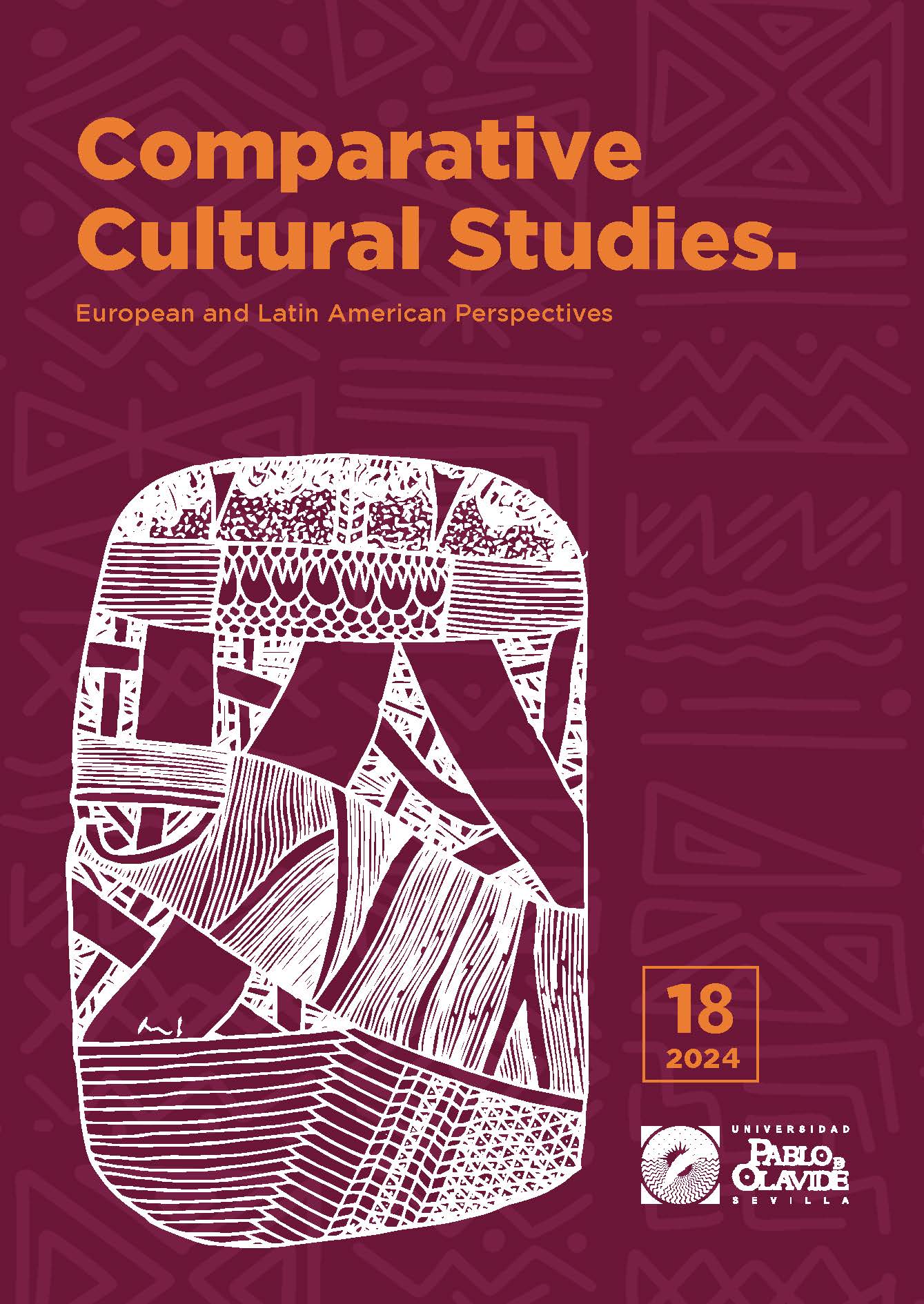Traditional Kuagro
Transformations of Cultural Manifestation for Own Educationion
DOI:
https://doi.org/10.46661/ccselap-10262Keywords:
San Basilio de Palenque, Traditional Kuagro, Self-education, Method to consult the collective memoryAbstract
This text includes part of the doctoral thesis "Ma-kuagro and the didactic strategies for its cultural transmission in San Basilio de Palenque, Colombia", to apply for the Degree of Doctor in Culture and Education. Method: Ethnographic research and design supported by the Collective Memory Consultation Method with interviews with 14 palenqueros and palenqueras distributed in three groups: academic-research experts, social leaders and the community in general. Results: Stories of traditional kuagro are presented, showing relationships between their moments of creation; tensions between the rules and the system of proper law and values; between the rites of war and the antagonism of the Kuagros above and below in the village that shows elements of relations and transformations today. Conclusions: Makuagro is positioned as the axis of the cultural manifestations of San Basilio de Palenque with transformations driven by the interaction of the Palenquero people with the nearby cities that brought with it the pressure of the use of information and communication technologies to be connected and informed, a process that began in the decade of the 80's of the twentieth century.Downloads
References
Bonfil-Batalla, G. (1995). El Etnodesarrollo: Sus Premisas Jurídicas, Políticas y de Organización. In Obras escogidas de Guillermo Bonfil Batalla, Tomo 2 (pp. 464-480). Instituto Nacional de Antropología e Historia - Instituto Nacional Indigenista.
Cross, R., & Friedemann, N. S. de. (1979). Ma Ngombe: guerreros y ganaderos en Palenque. Carlos Valencia Editores. http://www.banrepcultural.org/blaavirtual/antropologia/magnom/indice.htm
Friedemann, N. S. de. (1983). El "cuagro." In Lengua y Sociedad en el Palenque de San Basilio (pp. 50-78). Instituto Caro y Cuervo.
Friedemann, N. S. de. (1998). San Basilio en el universo kilombo-África y Palenque-América. Geografía Humana de Colombia, 6, 79-102.
Friedemann, N. S. de. (2002). El Palenque de San Basilio: hito histórico-cultural en América. In Y. Moñino & A. Schwegler (Eds.), Palenque, Cartagena y Afro-Caribe (pp. 1-10). Niemeyer. https://doi.org/10.1515/9783110960228.1
Friedemann, N. (2005). Palenque de San Basilio. African American Studies Center. https://doi.org/10.1093/acref/9780195301731.013.42849
Guerrero García, C. I. (1998). Palenque de San Basilio: Una propuesta de interpretación histórica [Universidad de Alcalá de Henares]. https://doi.org/10.1093/acref/9780195301731.013.42849
Hernández Cassiani, R. D. (2020). Etnoeducación, educación propia, interculturalidad y saberes ancestrales afrocolombianos: por un docente investigador articulado comunitariamente. Revista Inclusiones - Revista de Humanidades y Ciencias Sociales, 7(Extra 3), 1-24. https://dialnet.unirioja.es/ejemplar/568006
Moury, Y. (2004). El kuagro Descripción de un mecanismo tradicional de cohesión social y de provisión eficiente de servicios financieros y de seguros en la Población Afrocolombiana de San Basilio de Palenque en Colombia. 1-4.
Rodríguez Manotas, L. F. & Hernández Cassiani, R. D. (2018). Método de la consulta a la memoria colectiva y perspectivas de la investigación. In J. L. Barboza y L. Pereira (comps). Investigación cualitativa emergente: Reflexiones y Casos (pp. 121-143). Corporación Universitaria del Caribe - CERCAR, Colección Investigación.
Downloads
Published
How to Cite
Issue
Section
License
Copyright (c) 2024 Dimas del Rosario De Ávila torres

This work is licensed under a Creative Commons Attribution 4.0 International License.
This licence allows third parties to share (copy and redistribute the material in any medium or format) and adapt (remix, transform and create from the material for any purpose, including commercial purposes), provided that authorship and first publication in this journal (The Journal, DOI of the work) is acknowledged, a link to the licence is provided, and it is stated whether changes have been made to the work.







